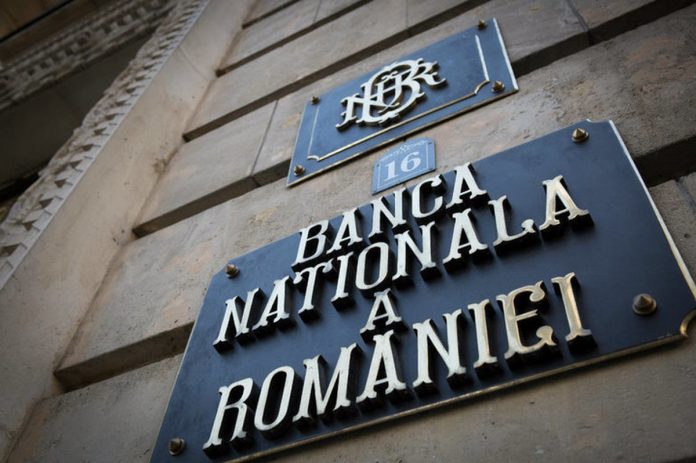The annual Consumer Price Index (CPI) inflation rate in Romania is projected to reach 4% at end-2024, 3.4% at end-2025 and 3.2% at the forecast horizon, that is June 2026, according to the latest quarterly inflation report of the National Bank of Romania (BNR) released on Friday.
„The downward trend in inflation rate will continue almost throughout the projection interval, yet the pace of disinflation is seen slowing in the
latter part of the interval. Over the entire projection interval, the adjusted CORE2 index will remain the major determinant of the decline in the annual headline inflation rate. At the same time, amid the recent legislative changes that enabled the cut in utility prices, especially natural gas prices, the contribution of exogenous components of the CPI basket to headline inflation will decrease slightly at the end of this year from end-2023 and will then stay at a relatively close level, i.e. 1.1-1.2 percentage points, also towards the end of the projection horizon,” according to the report summary.
Since the previous inflation report, a number of risk factors from those already identified have materialised, in particular those associated with new pay rises in the public sector (e.g. higher wages granted to public administration staff). Moreover, geopolitical tensions in the Middle East linger on, yet their direct economic effects are rather contained so far. Even in these conditions, the assessed balance of risks suggests possible upside deviations of inflation from its path in the baseline scenario,
particularly in the case of new adverse supply-side shocks materialising.
The labour market features, reflected in the still relatively high tightness, continue to pose relevant risks to the inflation projection.
According to BNR, the construction of the baseline scenario follows the principle of including fiscal measures only after they are legislated or at least once they are at an advanced stage in the legislative approval process. Thus, a considerable source of risks concerns the configuration of the future fiscal consolidation package, necessary because of a significant budgetary imbalance, a development overlapping an excessive deficit procedure that already targets the Romanian economy.
Strictly for this year, the busy electoral calendar does not rule out the risk of a fiscal slippage especially should new expansionary measures imply persistent increases in budget spending. In such a case, the starting point for the authorities’ multiannual endeavour to correct excessive budget deficits could be higher, implying that the entire future path of budget deficits would shift upwards as against the working assumptions in the baseline scenario (based on information that is certain at the time of completing the projection).
Looking ahead, regardless of the source of excessive budget deficits, either higher government consumption expenditures, larger social transfers or more sizeable capital expenditures, the budget deficit correction is called for both in view of Romania’s commitments to the European Commission and for ensuring a balanced mix between the fiscal policy stance and the monetary policy stance over the medium term.
Although Romania and, more generally, Central and East European countries currently undergo an economic recovery, certain external factors, such as global inflationary shocks, tighter financial conditions or volatile energy prices, also due to geopolitical tensions, are significant risk sources. Hence, geopolitical risks – the war in Ukraine and, more recently, Middle East tensions,which tend to become permanent – pose challenges to the smooth functioning of trade and investment flows. Any escalation of these tensions may weigh on trade routes, supply chains and already in place investment models, triggering significant disruptions to exports and imports and thus potentially generating stagflation risks (surging prices and, implicitly, higher inflation, together with stalling or even declining economic activity).
AGERPRES




